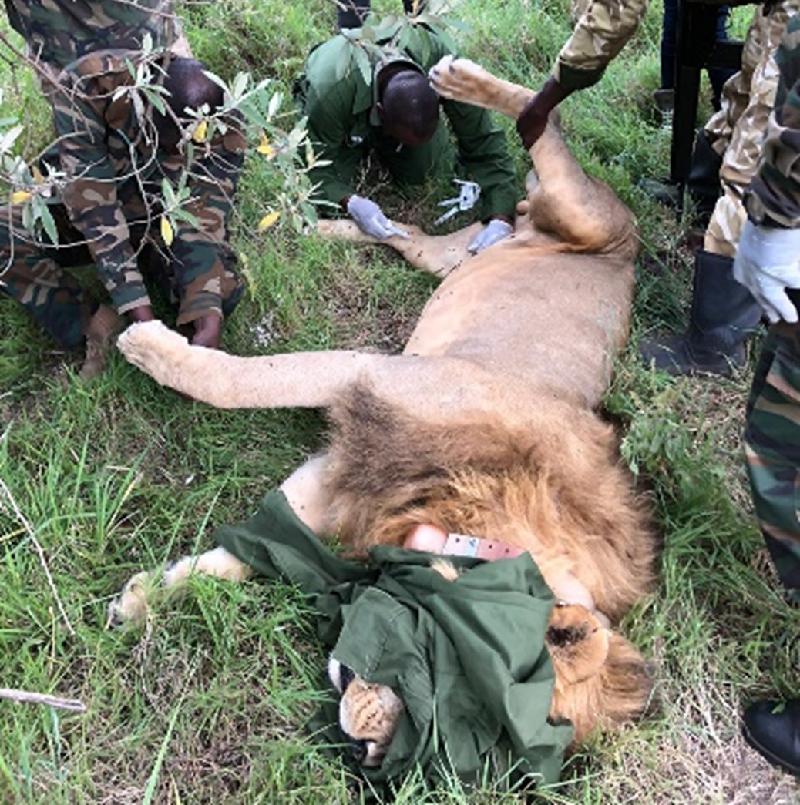Monica Mumbi Chege
Other projects
14 Dec 2020
Using SNP Genotyping to Inform Conservation Management: A Case Study of Lions in Kenya
a) Determine the population trends, social characteristics, spatial (movement) patterns and home range of lions and analyze lion diets and predator-prey relations in Lake Nakuru National Park and the adjacent Soysambu Conservancy.
b) To analyse independent factors such as presence of fences, extraction of lions through translocation, climate variability on the lion population dynamics in LNNP lion ecology in comparison to ANP.
c) Analyze factors that influence lion habitat selection in LNNP and adjacent Soysambu Conservancy in comparison to Amboseli National Park and subsequent human-lion conflicts in Soysambu Conservancy.
d) Determine the level of heterozygosity in the enclosed lion population in LNNP in comparison to other populations in Kenya

Sample collection. ©Hans de Longh
Centuries ago lions, humans and their livestock coexisted; however, in the recent decades the frequency of human-carnivore conflicts has increased significantly. This has attributed to reduction in wild prey, increased contact between lions, people and their livestock due to loss/fragmentation of suitable habitat. These conflicts present the single greatest challenge to lion conservation in Kenya.
In Kenya sustainable populations of lions may depend on the establishment and effective management of protected areas. Kenya Wildlife Service a governmental organisation with the mandate to conserve and manage wildlife in Kenya, has put in place various conflict mitigation strategies amongst them; fencing and translocation of problem lions. Recent scientific research suggests that on the long term lion populations may only survive in fenced parks.
Thus, the proposed research project will carry out a comparative study of the lion populations in Lake Nakuru a fenced park and Amboseli an unfenced park. Lake Nakuru has been fenced for over 4 decades, and hosts an isolated lion population, however due to a breach on the fence, lions tend to leave the park to the neighbouring Soysambu conservancy and predate on livestock. This has led to translocation of some lions out of the park as a conflict mitigation measure. The proposed project will investigate effects fencing may have on lion population dynamics, predator-prey relationships, impacts of lion extraction to resident prides, determine inbreeding levels of the lion population and dynamics of lion-livestock conflicts in Lake Nakuru National park and the adjacent Soysambu conservancy compared to the unfenced Amboseli National Park.